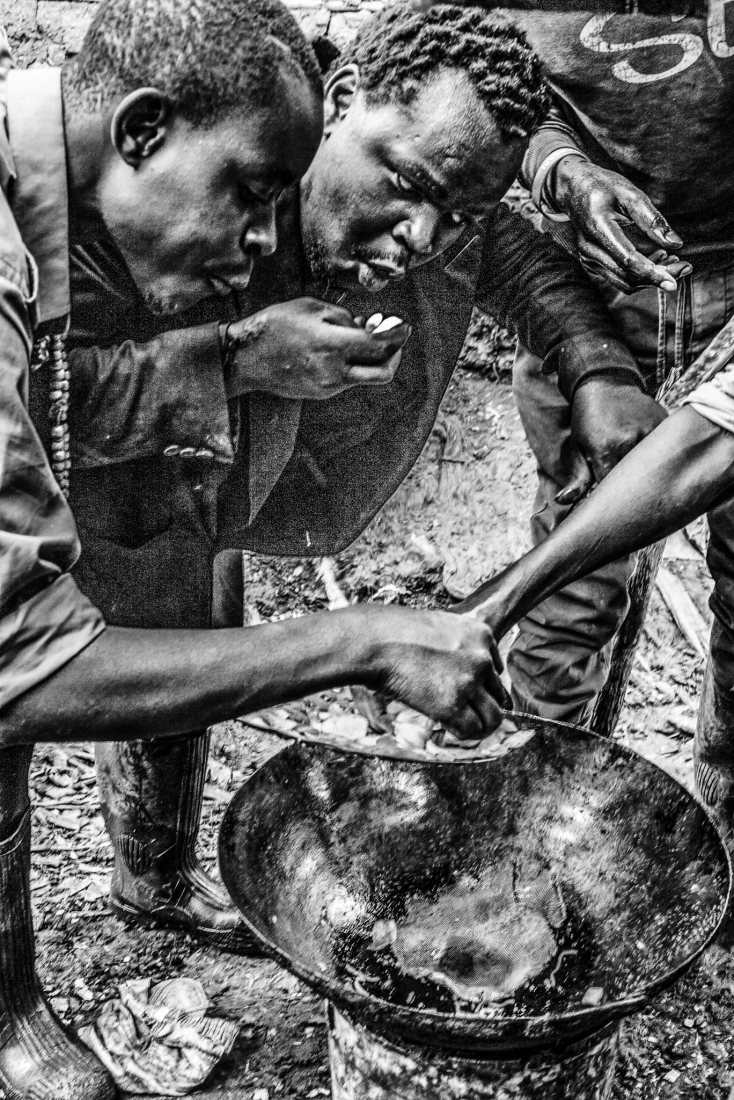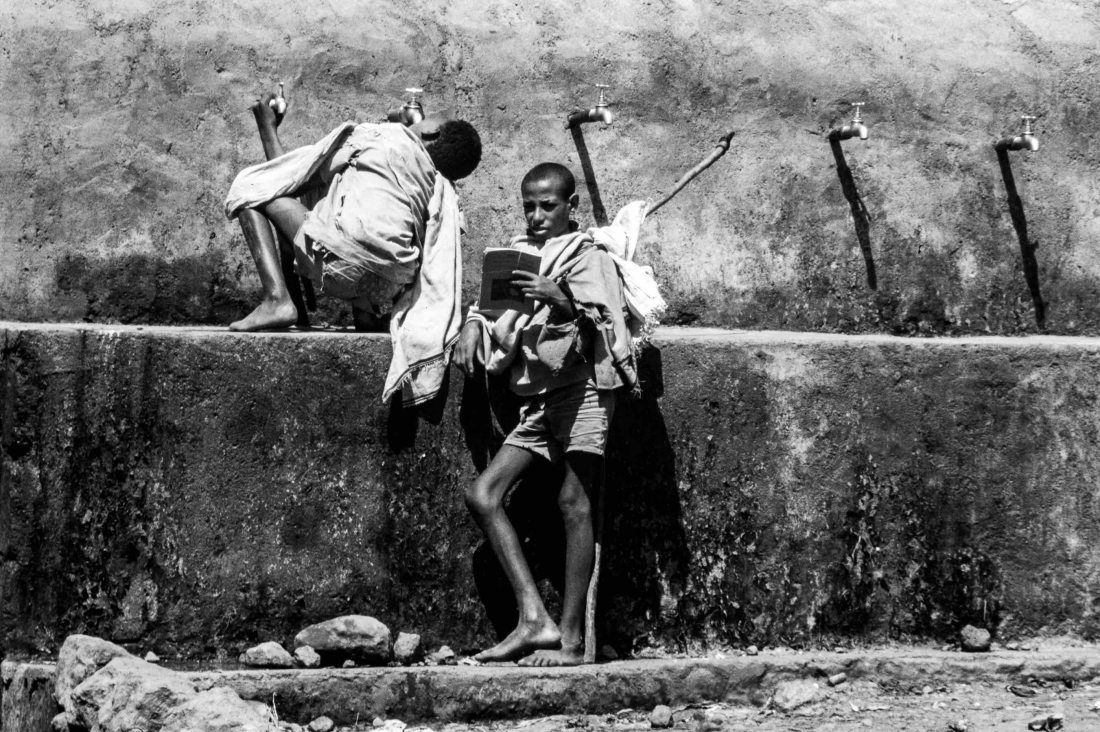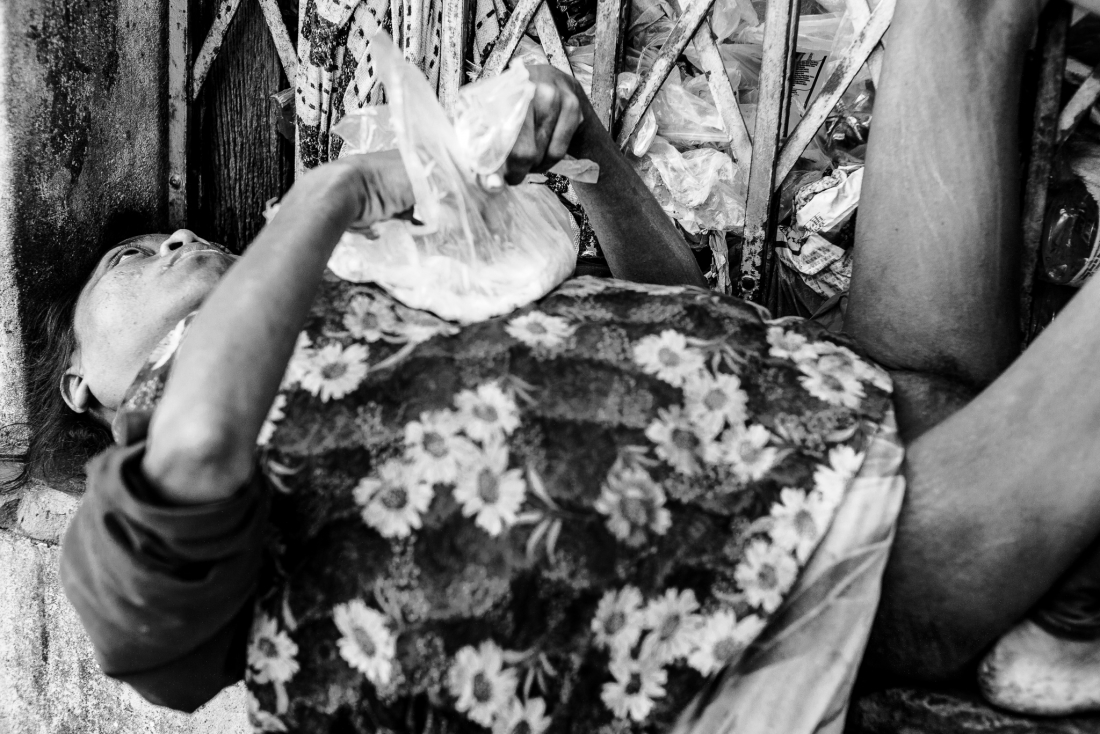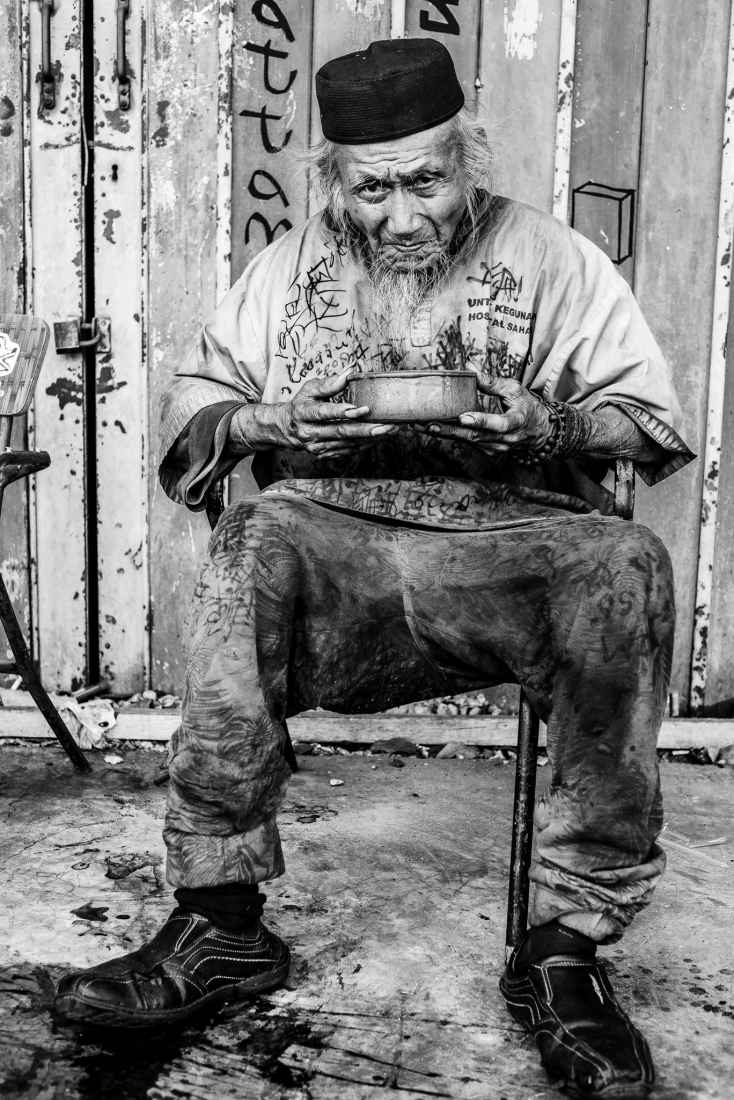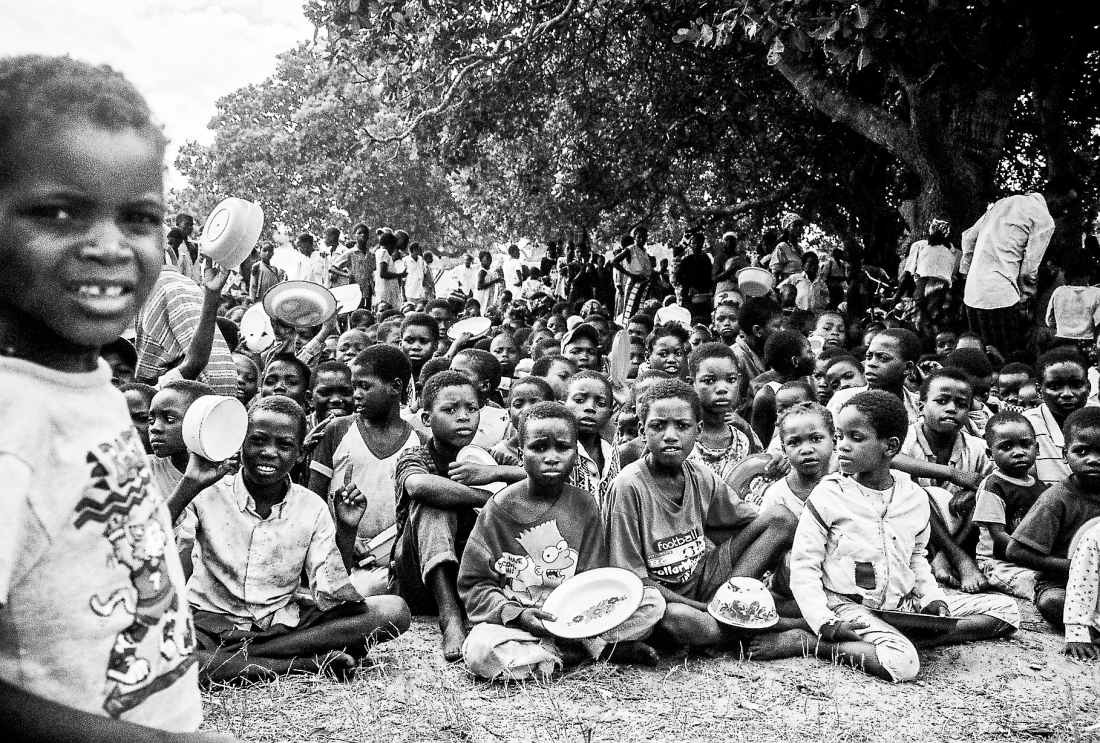honorable mention
Eduardo Lopez Moreno kenya
title
(untitled)
Hunger, food insecurity, famine, deprivation and malnutrition threaten the lives of millions of people every day both in the developed and developing world. It is estimated that one in nine persons globally today, close to one billion, are undernourished. One-sixth of Americans don’t have enough food to eat and Asia and Africa has the hungriest people on earth.
This is a visual documentary of people suffering hunger and thirst in different parts of the world. Beyond numbers, the images generate disconcert and perturbation, without renouncing to aesthetics and a sense of composition.
Hunger and thirst are an anachronism of the 21st century that transcend established values and norms. This project aims to present a visual map of children, men and women that go to sleep almost every night without proper food. Images that are painfully present in our lives, even if we tend to forget. Images that as society we look hard to look at. Photos that are not just moments or concepts, they question us, becoming social images that impact in our sensibility and consciousness.
The project “Hunger and Thirst” aims to engage our own prejudices and preconceptions, presenting a visual documentary that hopefully help us to think and act.
I like to travel and meet the world with its streets and its people, but the part that responds to my interest, my vision and philosophy of life. These images are a look at someone's world, a journey into their space and their life; an attempt to build a story without affection, but part of a social commitment.
I present different stories that intersect in the streets and in their plurality create a certain connection; a new sense. These images can be a set or a detail, an action, a look or a hand; a fixed temporality that captures movement. A piece of something that states a vaster space.
I believe that working with simple narratives of contrasted images, such as rich-poor, black-white or north-south, are deprived of any conceptual construct. It is about abusing simple photographic oppositions. I want to build visual bridges that bring closer different people, places and words, in an attempt to unit and integrate through symbols, images and spaces. The essence of parks, markets, religious celebrations, city functions, and movements of people, all reflect a way of being that after all have too many similarities and points in common in many parts of the world.
My images aim to reunite us with the common man, using a simple visual grammar that reveals the value of the everyday hidden life. Images that are the time of the people and the people in their time. This is particularly the case with the Refugee Camps.
back to gallery
entry description
Hunger has quietly entered our neighborhoods and cities and into our lives. This visual documentary presents Images that have been marginalized and excluded by our consciousness, challenging us at the personal, social and political level.Hunger, food insecurity, famine, deprivation and malnutrition threaten the lives of millions of people every day both in the developed and developing world. It is estimated that one in nine persons globally today, close to one billion, are undernourished. One-sixth of Americans don’t have enough food to eat and Asia and Africa has the hungriest people on earth.
This is a visual documentary of people suffering hunger and thirst in different parts of the world. Beyond numbers, the images generate disconcert and perturbation, without renouncing to aesthetics and a sense of composition.
Hunger and thirst are an anachronism of the 21st century that transcend established values and norms. This project aims to present a visual map of children, men and women that go to sleep almost every night without proper food. Images that are painfully present in our lives, even if we tend to forget. Images that as society we look hard to look at. Photos that are not just moments or concepts, they question us, becoming social images that impact in our sensibility and consciousness.
The project “Hunger and Thirst” aims to engage our own prejudices and preconceptions, presenting a visual documentary that hopefully help us to think and act.
about the photographer
I am an architect, with a master in sociology and PhD in urban geography. I studied photography nearly 40 years ago. Currently, I am preparing a book of photography entitled “Streets of the World and Their People” with short narratives accompanying the photos. I am considered as a social photographer. (https://eduardolopezmorenophoto.com).I like to travel and meet the world with its streets and its people, but the part that responds to my interest, my vision and philosophy of life. These images are a look at someone's world, a journey into their space and their life; an attempt to build a story without affection, but part of a social commitment.
I present different stories that intersect in the streets and in their plurality create a certain connection; a new sense. These images can be a set or a detail, an action, a look or a hand; a fixed temporality that captures movement. A piece of something that states a vaster space.
I believe that working with simple narratives of contrasted images, such as rich-poor, black-white or north-south, are deprived of any conceptual construct. It is about abusing simple photographic oppositions. I want to build visual bridges that bring closer different people, places and words, in an attempt to unit and integrate through symbols, images and spaces. The essence of parks, markets, religious celebrations, city functions, and movements of people, all reflect a way of being that after all have too many similarities and points in common in many parts of the world.
My images aim to reunite us with the common man, using a simple visual grammar that reveals the value of the everyday hidden life. Images that are the time of the people and the people in their time. This is particularly the case with the Refugee Camps.
back to gallery

